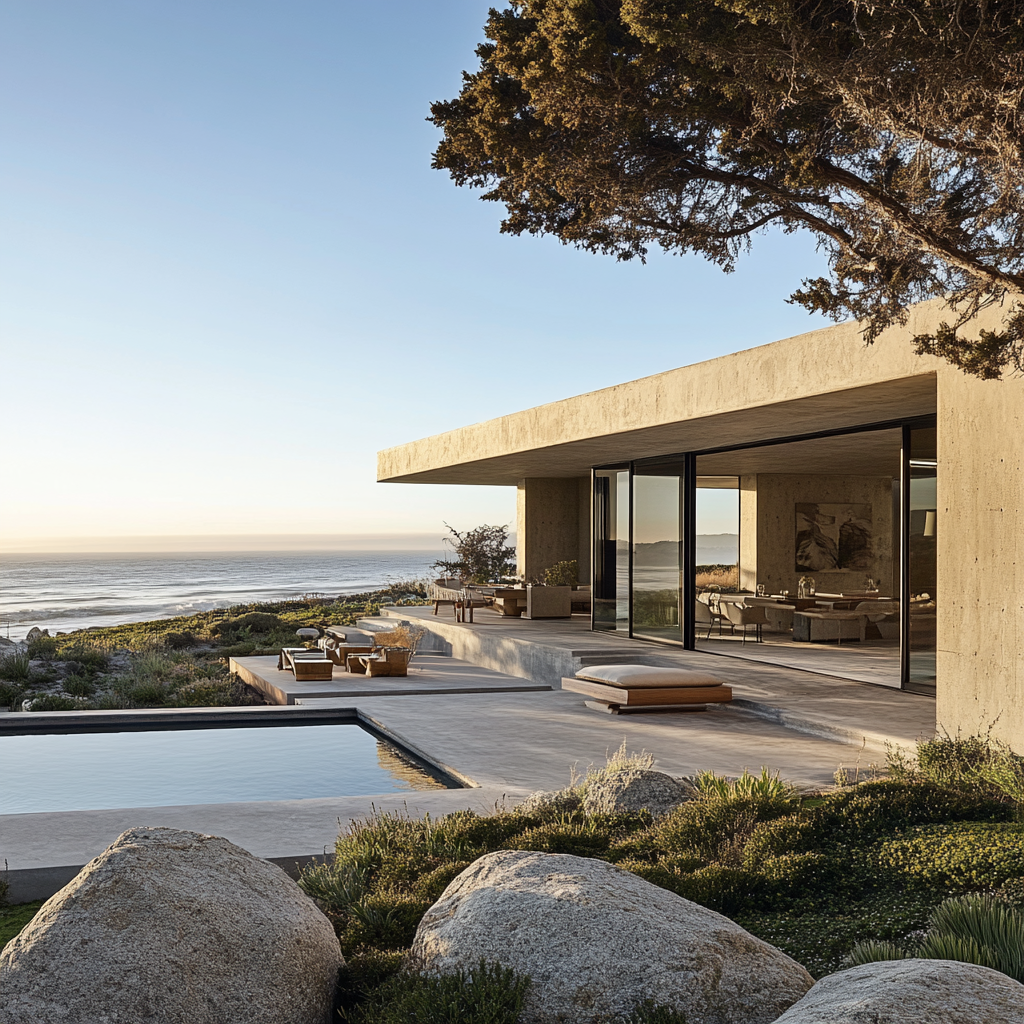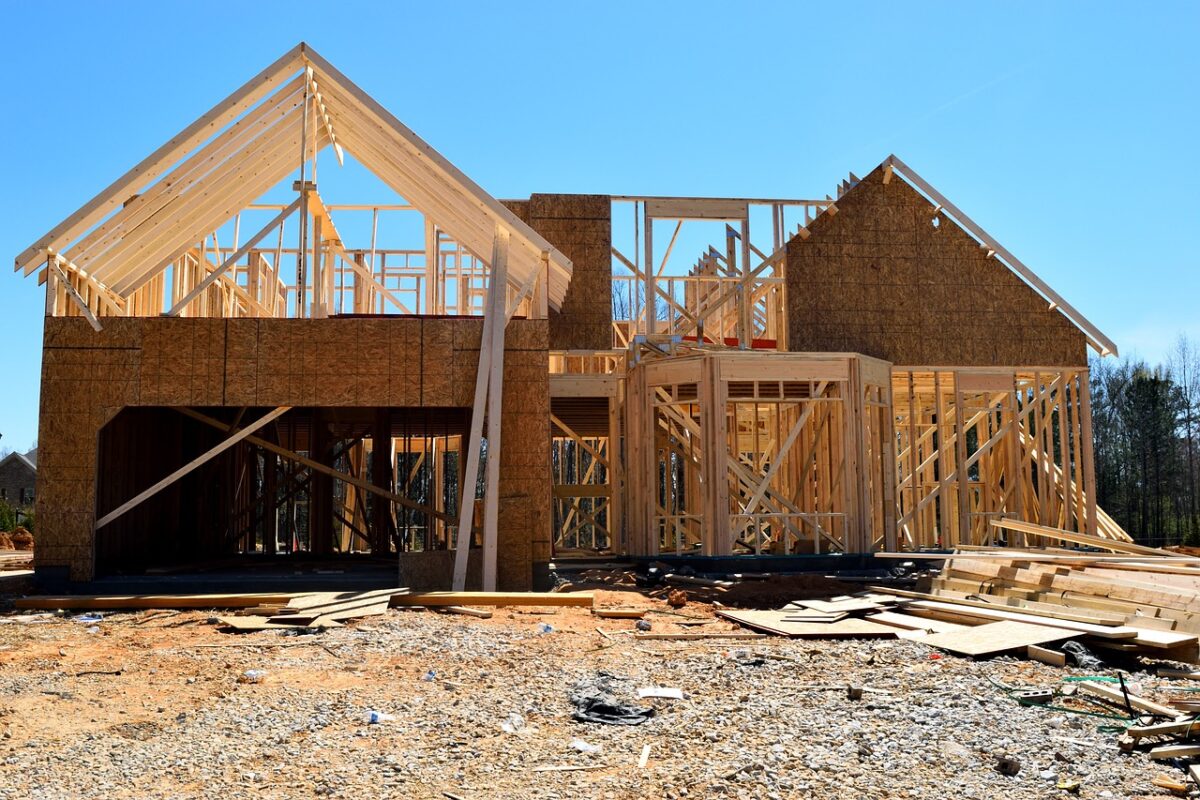Our world is changing. Climate change is no longer a distant threat; it’s a present reality, bringing with it more frequent and intense wildfires, extreme weather events, and rising sea levels. As architects, designers, and homeowners, we have a responsibility to build structures that can withstand these challenges – homes that are not only fire-resistant but also resilient in the face of a broader range of climate-related risks.
This blog post explores the intersection of fire-resistant and resilient design, highlighting how we can create homes that are both beautiful and capable of weathering the storms of a changing climate.
The Growing Threat:
The statistics are alarming. According to the National Interagency Fire Center (NIFC), wildfires in the United States have become increasingly destructive in recent years. The past decade has seen a dramatic increase in the number of acres burned annually, with several years exceeding 10 million acres – a stark contrast to historical averages. Furthermore, the changing climate is exacerbating these risks. Rising temperatures, prolonged droughts, and altered precipitation patterns are creating ideal conditions for wildfires to ignite and spread rapidly.
Beyond fire, other climate change impacts are equally concerning. The National Oceanic and Atmospheric Administration (NOAA) reports a significant increase in the frequency of billion-dollar weather and climate disasters, ranging from hurricanes and floods to droughts and extreme heat events. These events can cause widespread damage to homes, infrastructure, and communities.
The Synergies of Fire-Resistant and Resilient Design:
While fire-resistant design focuses specifically on mitigating wildfire risks, resilient design takes a broader approach, considering a range of climate-related hazards. Fortunately, there’s significant overlap between these two approaches. Many strategies that enhance fire resistance also contribute to overall resilience.
- Durable Materials: Using inherently fire-resistant materials like concrete, steel, and stone also increases a home’s resistance to wind, hail, and flood damage. These materials are less susceptible to rot, mold, and insect infestations, further enhancing their resilience.
- Strong Structural Systems: Robust structural framing, whether steel or reinforced concrete, can withstand high winds and heavy snow loads, both of which are becoming more common with climate change. These systems also offer better protection against fire.
- Elevated Foundations: In flood-prone areas, elevating the home above the base flood elevation is crucial for preventing water damage. This strategy can also help to protect the structure from wildfire by creating a barrier between the ground and the combustible materials of the home.
- Impact-Resistant Windows and Doors: Windows and doors designed to withstand high winds and flying debris (often required in hurricane-prone areas) also offer better protection against embers and radiant heat from wildfires. Triple-pane glass offers the best combination of fire resistance and energy efficiency. The multiple layers of glass provide a greater barrier against heat transfer, reducing both the risk of fire spread and the energy needed to heat or cool the home. This makes triple-pane glass an excellent choice for homes in wildfire-prone areas and those seeking to minimize their environmental impact. Fire-rated window and door assemblies are also crucial for preventing flame spread.
- Water Management: Effective drainage systems, including roof gutters, downspouts, and proper grading, are essential for preventing water damage from heavy rainfall and flooding. These systems can also help to protect the home from wildfire by preventing the accumulation of dry vegetation and debris around the foundation.
- Energy Efficiency: Resilient design often incorporates energy-efficient features, such as solar panels, energy-efficient windows (especially triple-pane), and well-insulated walls. These features not only reduce energy consumption but also increase a home’s ability to withstand power outages, which are becoming more frequent due to extreme weather events.
- Landscaping: Fire-resistant landscaping, including the use of drought-tolerant plants and the creation of defensible space, also contributes to overall resilience by reducing the risk of wildfire spread. Properly managed landscaping can also help to prevent soil erosion and manage stormwater runoff.
Glass:
- Properties: Inherently fire-resistant (although standard glass will break at high temperatures; fire-rated glass is available), allows natural light, and connects indoor and outdoor spaces. Triple-pane glass offers superior insulation and enhanced fire resistance compared to standard double-pane windows.
- Applications: Windows, doors, skylights, and curtain walls.
- Aesthetics: Glass offers a clean, modern look and can be used to create open and airy spaces.
- Organic Modern Integration: Large expanses of glass can blur the lines between indoors and outdoors, a key element of organic modern design. Using triple-pane glass further enhances this connection by minimizing heat transfer and maximizing natural light, contributing to both comfort and energy efficiency.
Building for the Future:
Creating truly resilient homes requires a holistic approach that considers the specific climate risks in a given area. This includes:
- Understanding Local Hazards: Researching the specific climate-related hazards that pose a threat to the region, such as wildfires, floods, hurricanes, or extreme heat.
- Working with Experts: Consulting with architects, engineers, and other professionals with expertise in fire-resistant and resilient design.
- Prioritizing Durability: Selecting durable, high-quality materials that can withstand the challenges of a changing climate.
- Embracing Innovation: Exploring new technologies and building methods that enhance both fire resistance and overall resilience.
Conclusion:
As the impacts of climate change become more pronounced, the need for fire-resistant and resilient design will only continue to grow. By combining these two approaches, we can create homes that are not only safe and beautiful but also capable of withstanding the challenges of a changing world. Building for the future means building for resilience – protecting our homes, our communities, and our planet.


